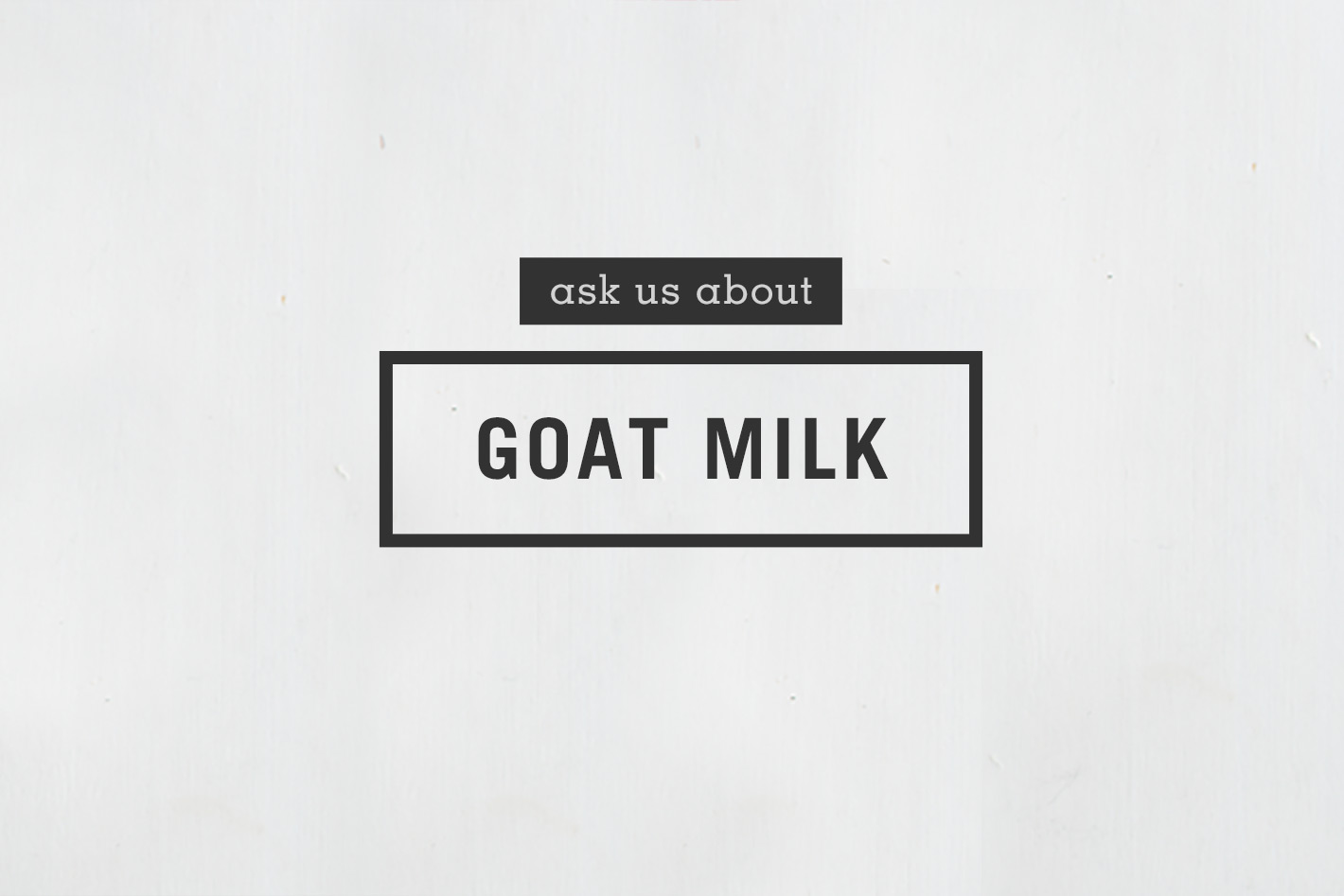
It’s time for a featured “Just Ask” blog post! Last week, a fellow reader messaged us a few questions about goats milk and after checking out our “What’s the Best Dairy-Free Alternative” story, she wanted to learn more about a dairy alternative that has been known to be a bit more gentle on the stomach.
QUESTION:
Your blog is so informative and clearly presented. I am well impressed! I came across your site when l was researching lactose free alternatives to milk. The information that you presented was great, in particular the ‘Quick takeaways’ but you didn’t include information about goats milk. I was particularly interested in gaining more information about goats milk. Could you help?
– Kamzi
ANSWER:
Hi Kamzi,
Thank you SO MUCH for your sweet message. We try our best to share stories and tips in a way that will help you make informed, healthy choices…in a light, actionable, fun sort of way!
In response to your question, there is definitely a difference in how our bodies react to goats milk vs. the common cows milk.
– Steph
Why is goats milk easier to digest than cows milk?:
There’s a difference in fat molecule size
The fat molecules in goats milk are much smaller than the fat molecules in cows milk. Think about it this way: imagine boiling a big pot of water and adding broccoli to make soup. If you were to add large florets vs. small florets, your body would have to work a lot harder to digest (bite, chew, and swallow) the bigger chunks of broccoli vs. the smaller ones. The simple difference in the size of the milk’s fat molecules makes it easier to digest.
It’s naturally homogenized
Homogenized simply means “to make uniform in consistency.” Fresh cows milk, if left sitting on the shelf, will naturally separate where the fat will float to the top – something that we find to be less desirable. To avoid this lumpy texture, we process our milk to homogenize it. The great thing about goats milk, is that it’s naturally homogenized – smooth and consistent without it undergoing a man-made process.
It contains less lactose (milk sugar)
Our bodies produce enzymes to help break down our foods, especially sugar. Goat milk contains less lactose (milk sugar) than cows milk, which makes it easier on our stomachs simply because we need less of a particular type of enzyme to break down the lactose.
It’s less allergenic due to the protein contents
One of the most common allergies in children under the of age of 3 in the United States is a dairy-allergy and it has a lot to do with a particular protein in the milk called Alpha s1 Casein. The levels of Alpha s1 Casein are about 89% less in goats milk. – which is one of the main reasons why people who have dairy sensitivities may get away with consuming goats milk as an alternative.
Goat Milk Fun!
There are tons of great goat milk must-tries to add to your next shopping list. I remember being completely opposed to goat milk cheese, simply because it wasn’t from a cow. Who knew that years later, the only cheese I really purchase is made from goats milk. Experiment with these alternatives:
- goat milk cheese (hard and soft)
- raw goat milk feta (of my favorites to add to salads)
- goat milk yogurt (light and has less lactose/sugar than the regular stuff)
- goat milk ice cream (to die for)
Nutrition: Goats milk is a good source of protein, contains less sugar (lactose), 13% more calcium, 25% more vitamin B6, 47% more vitamin A, and 134% more potassium than regular cow’s milk.
Taste: Goat milk is definitely different than cows milk. It is strong in flavor that may take some time to get used to. Who knows, you may love it more than the regular stuff if you give it a chance.
How to Shop: When shopping for goat milk cheese and yogurt, be sure to read the ingredients to make sure you are avoiding extra added starches, sugars, and preservatives. The good news is that goat milk tends to be less tainted/processed than regular dairy ingredients.
Quick takeaways:
- good protein source
- easier to digest than cows milk
- still contains many of cows milk allergen-reacting properties, but less of it
- more calcium
- less lactose
- strong in flavor
If you like this post, checkout more nutritious and healthy living tips in our latest interactive book, Kale. All Day. Err Day. It’s enhanced and interactive for the iPad and we’re currently working on a PDF version for all tablet and computer devices. It’s filled with an great story all about kale, how-to videos, and recipes for the busy and the hungry. Did we mention, it’s FREE…for a limited time. Hurry – check it out here.
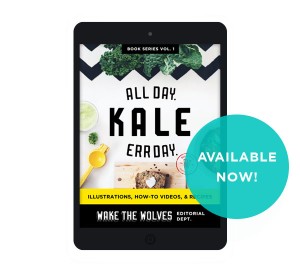
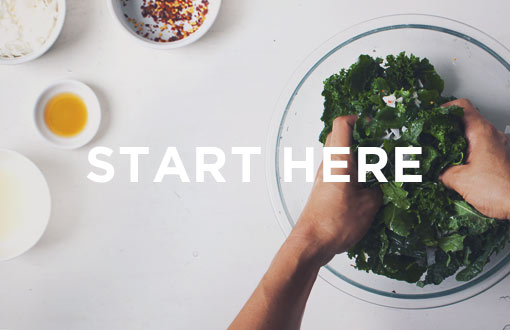
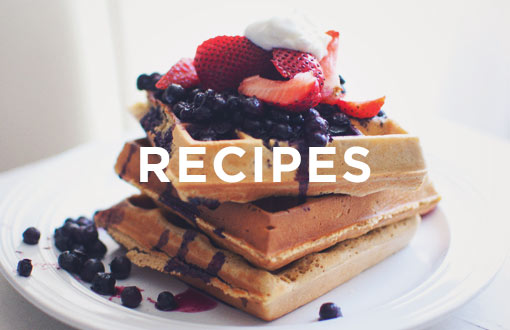
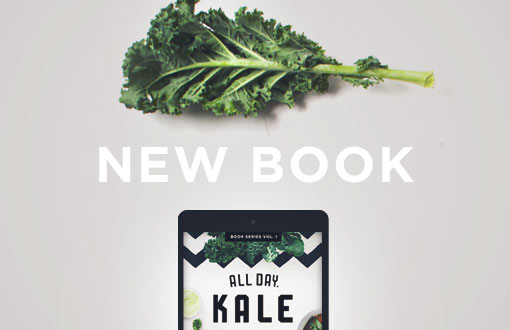




I don’t know why the article says that goat’s milk has a wild taste. IF you can obtain true organic goat’s milk from a farm, then no one, and I truly mean no one, could taste the difference between cow’s and goat’s milk. I have submitted my friends to many blind taste tests and they can never tell the difference. If its weird tasting, then you got some low quality goats milk most likely from Meyenberg or some other corporate structure that cares more about cost than taste. Drink more goat, dispose of the cows!
Thanks Caleb! Good to know! I’ll be on the lookout for small-batch goat’s milk 🙂
It depends on the goat food. Farm goat milk is much different from milk from goats that are free to pick herbs by themselves. It also depends on where the goats are located. Mountain grass gives different flavor.
Hi there — such great tips! Thank you for sharing. Our local store doesn’t have a large selection, so we may not get the super small farm brands. It makes sense that what they eat will impact how their milk/yogurt/butter will taste. We’ll keep looking for other brands to try!